
Iqtidar Husain Siddiqui

Showing all 11 books

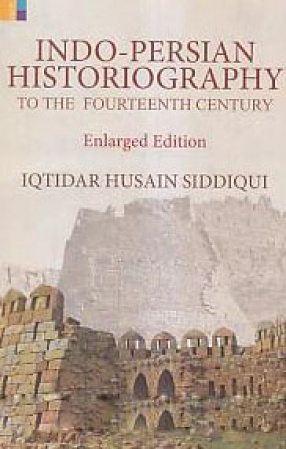
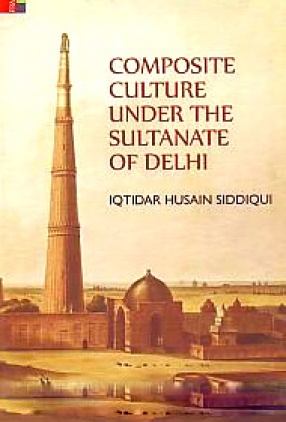
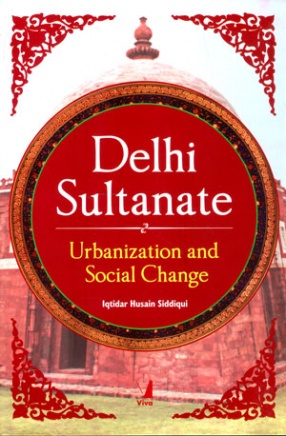
Breaking the conventional belief that urbanization was shaped solely by economic factors, Delhi Sultanate seeks to highlight social and cultural processes that accompanied economic changes, thereby transforming little-known trading towns into full-fledged centres of learning and culture. I.H. Siddiqui draws on a rich corpus of Persian sources to establish links between economic change and changes in language, literature, teaching, book trade and even ...
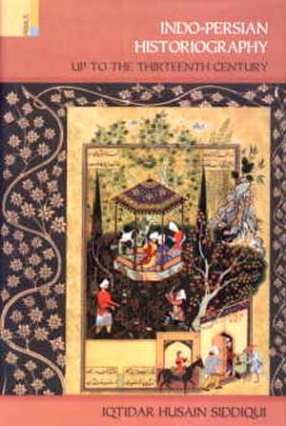
This book discusses the origin and growth of Indo-Persian historiography with specific emphasis on India's contribution to the literary heritage of the Persian world. The relative merit of some of the works discussed in this book has been analysed in the context of contemporary works/narratives produced in neighbouring countries.Indo-Persian Historiography up to the Thirteenth Century evaluates the important change that the writing of history underwent as it ...

This collection of studies is concerned with the way in which diplomacy, system of governance and cultural activities interacted with the desire of the rulers, ruling elite and intellectuals in India during the medieval period. The papers have been divided between two sections in orders to put them into some broader context. The first section contains papers bearing on diplomacy and relations between India and foreign countries since the eleventh century down to ...
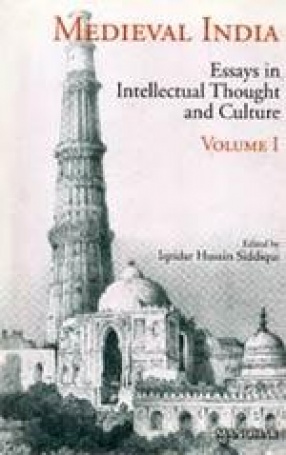
This collection of essays offers a comprehensive study of the impact of cultural life and intellectual thought on society in Medieval India. Doubtless, if the impact of interaction between the followers of Hindu and Islamic traditions of culture under the Arab and Ghaznavid rulers remained confined, to Sind and the Panjab from the eight to the twelfth centuries AD, the Ghurian conquest of north India led to far-reaching socio-political changes in the ...

This book has two parts, the King and the Ruling Elite and Persian Sources in translation. The first part rests all types of sources: narrative, numismatic, epigraphic, and literary. It includes a reappraisal, based on neglected evidence, of the state policies and administrative measures of the Mughal emperors. The use of literary materials helps to correct the views of official historians like Abul Fazl on the mature of Mughal rule in India and the opposition to ...
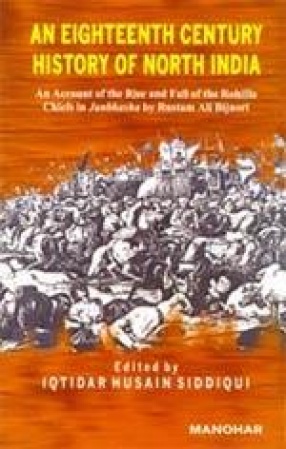
This new source of information not only provides interesting information on the rise and fall of the Rohila chiefs in Katehar region (Rohilkhand) but also is the first one ever written in Janbhasha (prose). Besides the rise of Jat power under Maharaja Suraj Mal, the conflict between the Bangash Pathans of Farrukhabad ad the Wazir, Safder Jung, the third battle of Panipat fought between the Marathas and Ahmad Shah Abdali, the treacherous role played by some of the ...
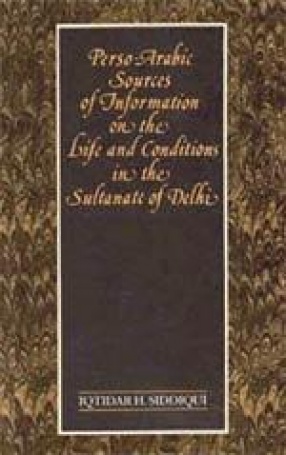
The present work is outcome of a search for fresh contemporary evidence about the life and conditions in the Sultanate of Delhi during the thirteenth and fourteenth centuries. Besides the contemporary Perso-Arabic works, the literary works produced under the patronage of the Sultans of Delhi and nobles also contain information about important institutions and scientific inventions and instruments that found their way into India along with the immigrants from ...
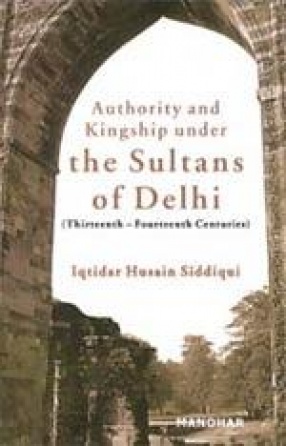
The Ghurian conquest of north India towards the close of the twelfth century led to the introduction of Sultanate polity which had evolved in Central Asia. This in turn led to important changes in the country's cultural and administrative systems. The job opportunities created by the Sultanate attracted people of talent and learning who emigrated from the neighbouring countries and settled in different towns and cities. The mingling of people belonging to ...
